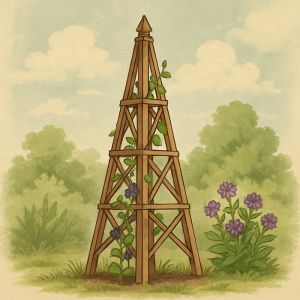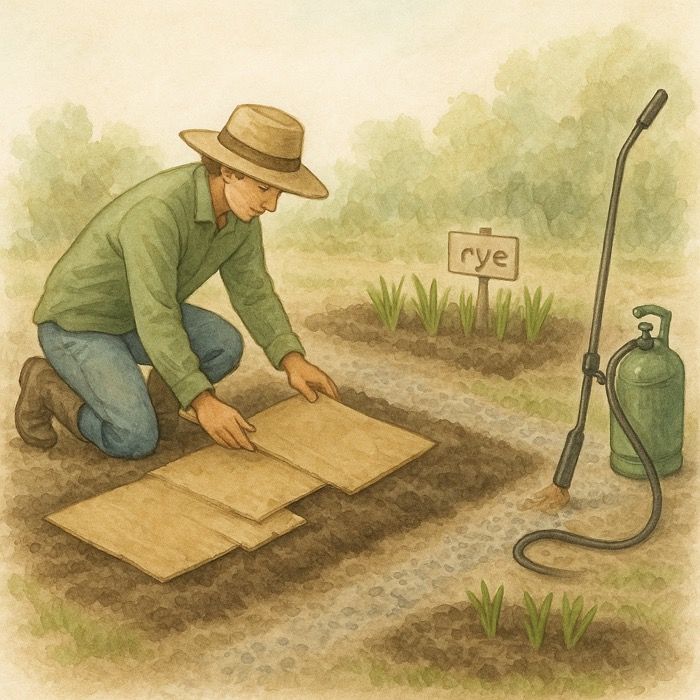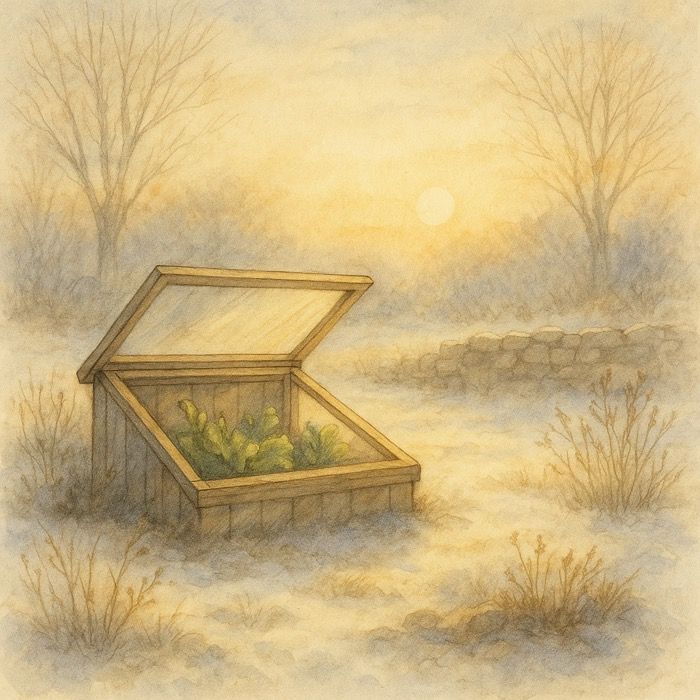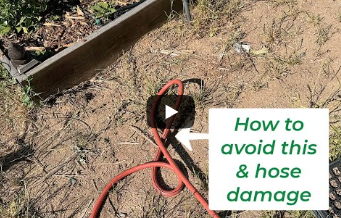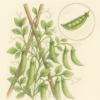The Garden Obelisk Project Part I: What is an Obelisk?
History of the Garden Tuteur or Obelisk
If you’ve ever admired a tall, elegant garden structure that seems to reach toward the sky—often with vines gracefully twining upward—you were likely looking at a garden obelisk.
So, what is a garden obelisk? And how did it become such a beloved feature in classic and modern gardens alike?
The Origin of the Obelisk – From Ancient Symbol to Garden Icon
The word obelisk originally described tall, four-sided stone monuments created by the ancient Egyptians. These structures narrowed to a pointed pyramid shape at the top and were often placed at temple entrances. More than just decoration, they symbolized the sun god Ra—representing rays of sunlight frozen in stone.
As time passed, the striking geometry of the obelisk captivated cultures beyond Egypt. The Romans transported obelisks to their empire’s heart in Rome. Later, during the French Renaissance, their shape began to influence art, architecture, and landscape design—eventually finding a home in formal gardens.
When Did Obelisks Enter the Garden?
The garden obelisk, sometimes referred to as a tuteur (French for “trainer” or “support”), became a hallmark of formal European garden design during the reign of King Louis XIV. At the famed gardens of Versailles, his landscape architects used obelisk-shaped supports not only as sculptural elements but also as practical plant trainers.
Over time, gardeners realized how well these tall, tapered structures served climbing plants. From sweet peas and clematis to tomatoes and morning glories, an obelisk creates vertical interest and allows vines to reach for the sun.
What Is a Garden Tuteur?
A garden tuteur is a type of plant support with a pyramidal or obelisk-like shape. It can be made from wood, metal, bamboo, or even stone and is designed to train climbing plants in an upward direction. Today, garden tuteurs are beloved for both their beauty and utility, transforming flower beds, vegetable gardens, and containers into vertical works of art.
Whether you call it an obelisk or a tuteur, this structure adds height, drama, and elegance to the garden—while also giving your plants the support they need to thrive.
Vertical Elements in Gardening – Why Height Matters
Incorporating vertical elements in the garden is one of the most powerful ways to add dimension and structure to your landscape design. Whether you’re working with a small space, raised beds, or a sprawling cottage garden, vertical accents like obelisks, trellises, and arbors can:
- Maximize growing space – especially in compact or urban gardens
- Create visual rhythm and flow – guiding the eye through the garden
- Provide structure year-round – adding interest even in the off-season
- Support plant health – improving airflow and light penetration for climbers
Obelisks are a perfect example of a vertical feature that blends form and function. By lifting vining plants off the ground, they help prevent rot, reduce pest pressure, and encourage lush upward growth—while adding a sculptural focal point to any garden bed or border.
Looking for other vertical ideas? Consider pairing an obelisk with a metal archway, wall trellis, or a garden tower for edible crops.
Why Gardeners Love Obelisks
- Vertical gardening – Perfect for small spaces
- Support for climbers – Ideal for peas, beans, roses, and clematis
- Timeless garden design – Adds a sculptural, formal element
- Year-round appeal – Even when bare, they’re beautiful
Coming Up in the Series: How to Build a Garden Obelisk
This is Part I of our Garden Obelisk Project series. In the next post, I’ll share step-by-step plans for building your own cedar garden tuteur using simple tools and materials. We’ll cover where to place it, how to secure it, and which plants pair best with it.
Subscribe to the blog for upcoming posts, or explore our Tuteurs and Plant Supports Collection for handcrafted obelisks and garden accessories
More From Our Master Gardener
Recent Posts

❄️ Snow as Fertilizer – The Truth About “Poor Man’s Nitrogen”

5 Unexpected Winter Weed Control Strategies (That Don’t Involve Mulch)

Harnessing Winter Sun – Passive Solar Tricks for Your Garden

How to Grow Spinach – The Ultimate Beginner’s Guide for Tender, Nutritious Leaves

How to Grow Peas: The Ultimate Beginner’s Guide for Sweet, Crisp Harvests
